In late March 1972, the Soviet Union's Cosmos 482 was launched. But that attempted Venus probe ran amuck during its rocket-assisted toss to the cloud-veiled world. Major elements of that failed craft remained in Earth orbit.
The upper stage of the Soyuz booster launching that Venus probe cut off prematurely, leaving the payload marooned in Earth orbit. But there is new news for this old probe: "In about two weeks from now, on or near May 9-10, an unusual uncontrolled reentry will happen." That's the report from satellite watcher Marco Langbroek of the Netherlands. He has been taking telescopic looks at the errant, Earth-circling Cosmos 482 remains for numbers of years.
What’s ahead is the reentry of the Cosmos 482 descent craft – the landing module of the errant Soviet Venera mission that failed over 53 years ago.
Hot topic
And one hot topic to ponder is whether that landing module intended for Venus, custom-made to withstand reentry through the thick Venus atmosphere, might survive reentry through Earth's atmosphere intact.
The former Soviet Union's Cosmos 482 was a sister probe to Venera 8. That spacecraft in July 1972 became the second craft to land successfully on the surface of Venus. It relayed data from Venus' hellish surface for 50 minutes and 11 seconds before succumbing to that planet’s harsh planetary conditions.
Meanwhile, adrift around Earth and headed for its apparent Earth reentry is the lost-to-space Cosmos 482 wreckage.
The Soviet-style contraption was built to withstand the heat of diving into Venus' cloud-veiled planet’s thick atmosphere. The Venus lander mass was pegged at 1,091 lbs. (495 kilograms) and carries significant thermal protection.
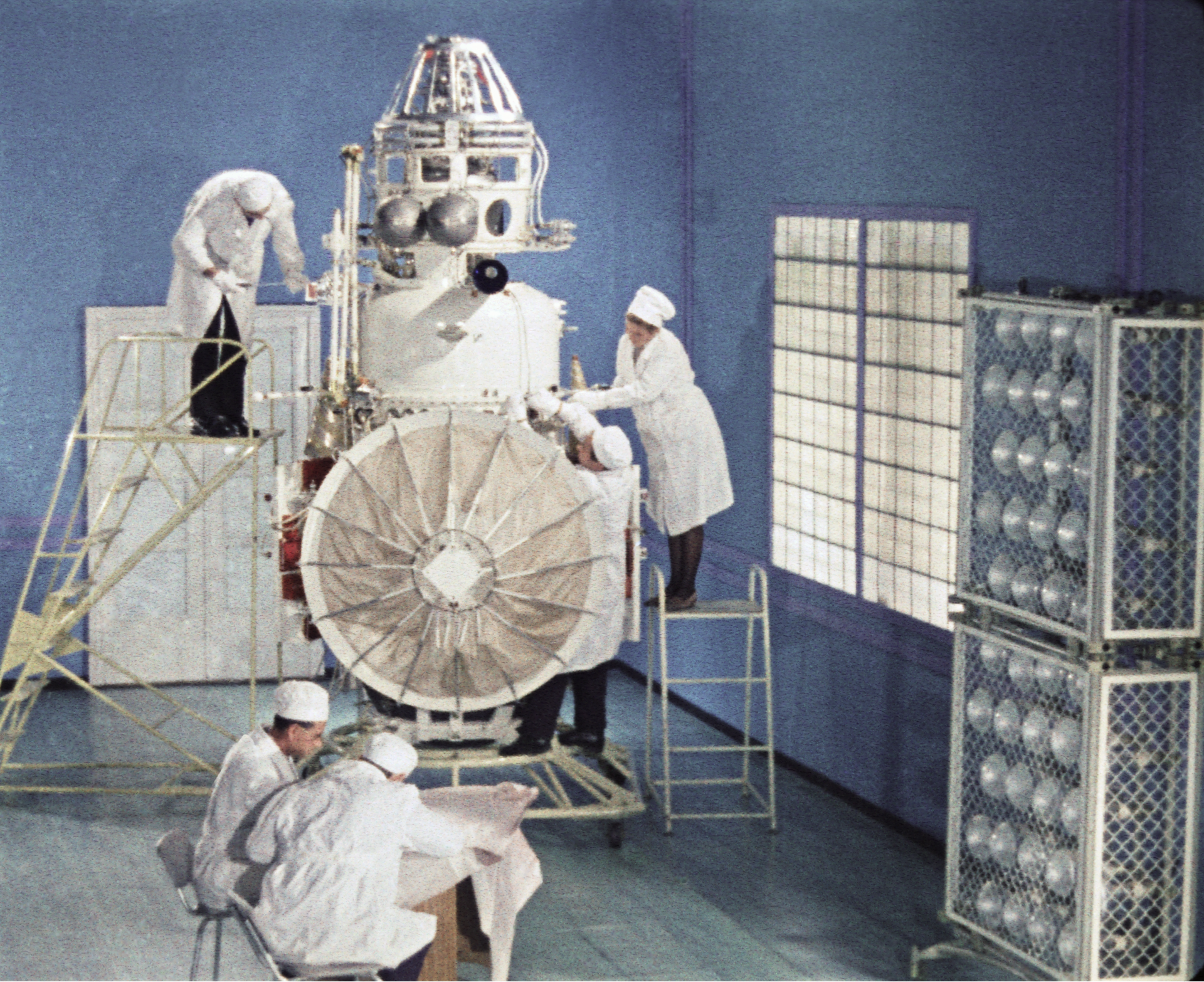
Hard landing
Exactly when and where the wayward hardware could plummet back to Earth is uncertain. With an orbital inclination of 51.7 degrees, the reentry can occur anywhere between latitude 52 N and 52 S, Langbroek explains.
Over the past months, together with colleague Dominic Dirkx, Langbroek shaped a reentry model for Cosmos 482 in TUDAT, the TU Delft Astrodynamics Toolbox. TUDAT is an open source, multi-platform Astrodynamics software developed and maintained at the Aerospace faculty of Delft Technical University where Langbroek works.
As Langbroek reports, the Venus probe had a parachute for the upper Venusian atmosphere dive, "but I wouldn't bet on that working now, and would assume that, if it survives re-entry, it would come down hard."
Langbroek actually modeled the reentry, expecting an end velocity in the order of some 145 miles per hour-plus (65-70 meters/second) on the ground or ocean impact.
So could this piece of space junk survive a hot-footing descent back to its home planet from whence it was launched?
"The risks involved are not particularly high, but not zero," Langbroek points out. "With a mass of just under 500 kg and 1-meter size, risks are similar to that of a meteorite impact."
Stay tuned … and heads up!
.png)
 German (DE)
German (DE)  English (US)
English (US)  Spanish (ES)
Spanish (ES)  French (FR)
French (FR)  Hindi (IN)
Hindi (IN)  Italian (IT)
Italian (IT)  Russian (RU)
Russian (RU) 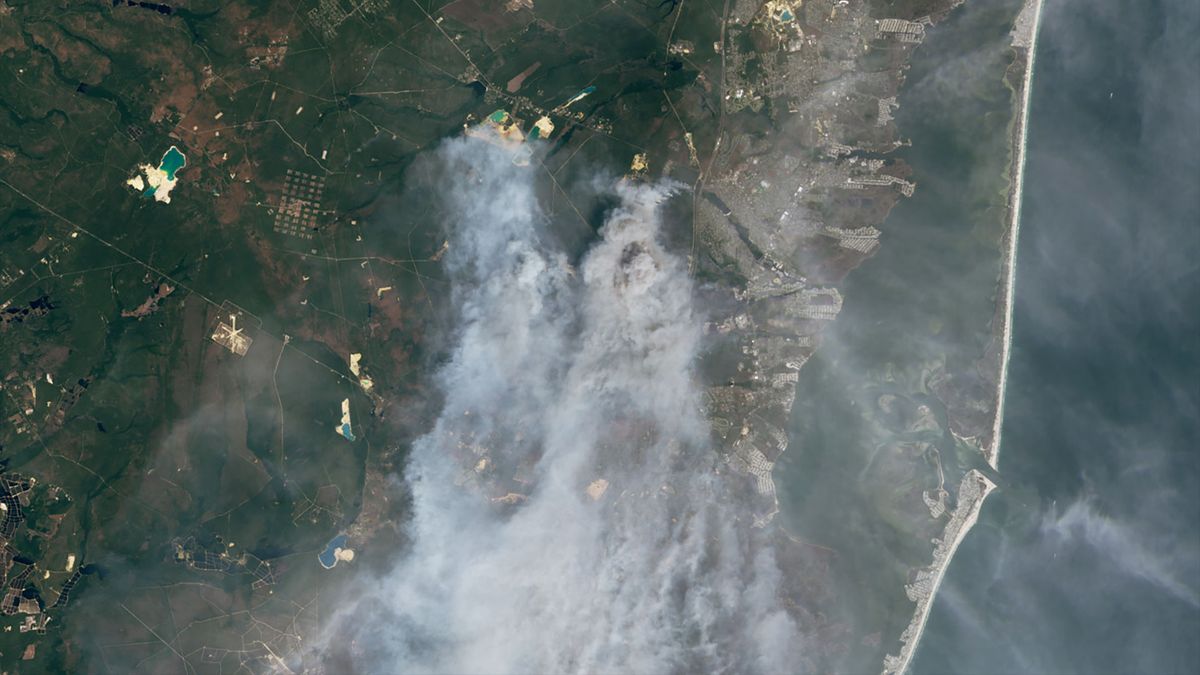
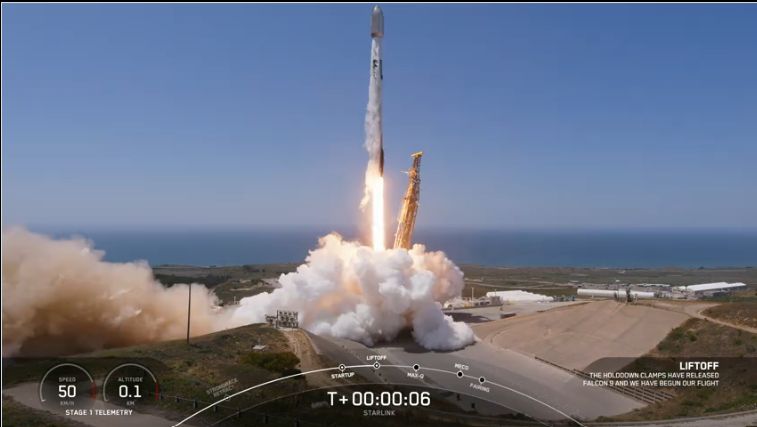
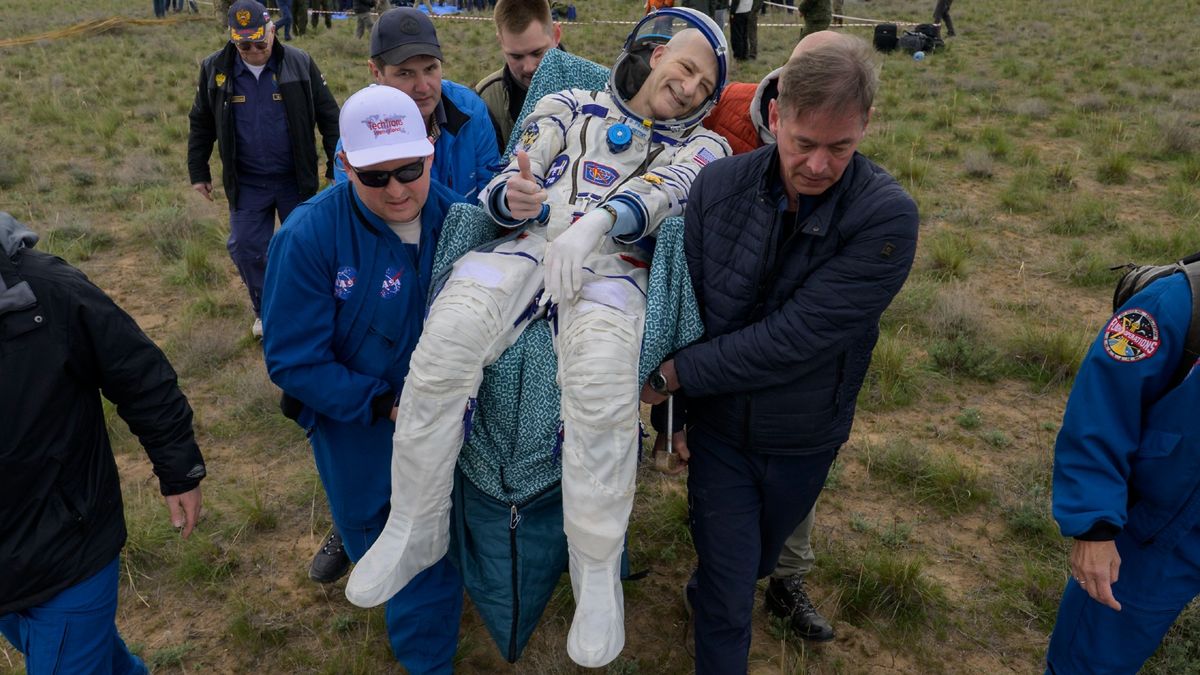

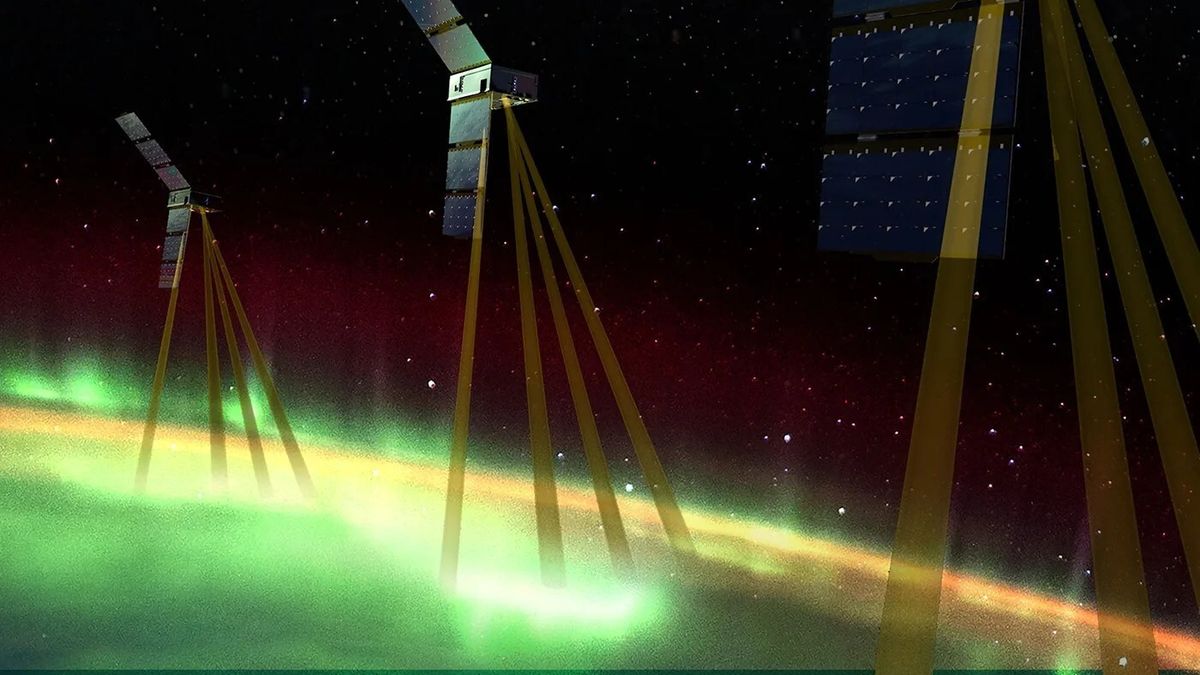




Comments